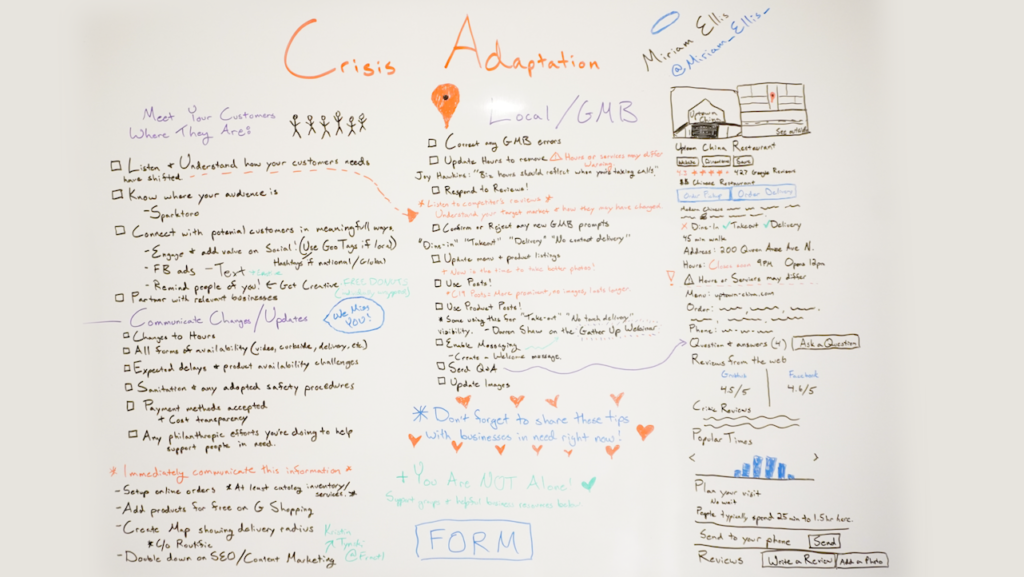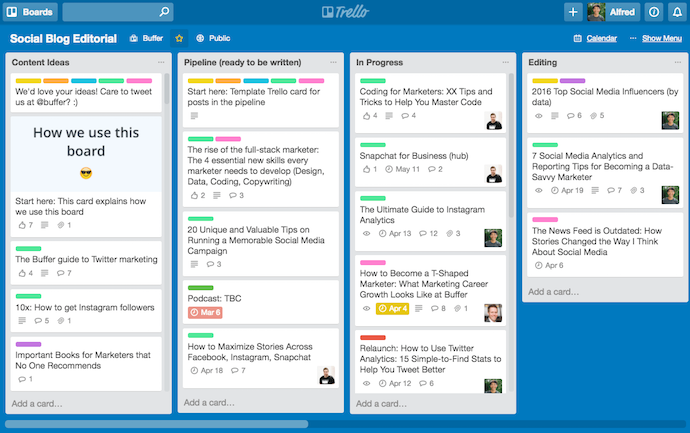What is N testing? (In 100 Words or Less)
During summer, my favorite time of day was when the ice cream truck would drive on our street. Usually, I didn’t know what I wanted. If I had saved enough money, I’d order a push-up (am I dating myself, or is this still offered?), the rocket popsicle, and an ice cream sandwich. Little did I know, I was actually conducting an A/B/n test. I wanted to taste several flavors — not just two. As a marketer, I’ve encountered the same problem with split testing. When I was working at an agency, I’d usually write four to five headlines for a landing page. To taste all the flavors, so to speak (as I did with my ice cream), we’d conduct A/B/n tests. Below, let’s review what N testing is and tools to help you get started. Now, you might be wondering, “How does this differ from multivariate testing?” It’s a good question. Multivariate testing is usually more comprehensive than A/B/n tests. For example, an A/B/n test will test one element of a web page, while a multivariate test will test multiple variables at once. For instance, an A/B/n test might test the color of a CTA button, while a multivariate test is testing the headline, button, and image. So, now that we understand what N testing is, let’s examine why you should implement an A/B/n test in your campaigns. Why should you implement A/B/n testing? Sometimes when you’re creating a landing page, you’ll have multiple versions of the copy, CTA, or images. In fact, in my experience, when I was creating landing pages, I almost always had about three to four different versions of each of those elements before I decided which one I wanted to go with. That’s where A/B/n testing comes in. This type of split testing gives you the power to test several versions of your web pages. If you’re still gathering information and data on your audience, this is especially helpful. When you aren’t sure what your audience will respond do, you should run an A/B/n test to gather information on what performs best with your target market. What are some disadvantages of A/B/n tests? While A/B/n tests are useful when you have multiple versions of a web page you want to test, there is a possible disadvantage to this type of testing. Since you’re dividing traffic on your site, the more variations you want to test, the more traffic and time it’ll take to reach a statistically significant result. Additionally, it’s important to use A/B/n tests to gather information on your audience and draw significant conclusions about the type of content they want to see. Testing minor changes, such as the color of a button, won’t drastically increase your conversion rate. Once you’ve decided that you want to run an A/B/n test, you might be wondering, “How do I get started?” Well, there are actually tools that can help. When you’re looking at A/B testing tools, you should always check to make sure they can run multiple variations, not just two. Below, let’s review the top tools you can use to implement an A/B/n test. A/B/n Testing Tools 1. VWO Testing VWO is a popular A/B testing tool among marketers and developers because it’s easy to use and intuitive. Additionally, it’s a powerful, robust tool that can help you implement comprehensive multivariate testing or a simple A/B/n test. It’s most popular among enterprise brands, including Target, eBay, and Virgin Holidays. The top features include audience targeting, campaign segmentation, statistical relevance analysis, and heat maps. 2. Crazy Egg Crazy Egg is a great alternative for smaller businesses that are looking for a more cost-effective solution. With this tool, you can run A/B/n tests so you can understand the customer journey. With advanced heat maps and visitor recordings, you can see where your audience is getting stuck. Its top features include funnel analysis, split testing, campaign segmentation, and statistical relevance analysis. 3. Instapage Instapage is an excellent A/B/n testing tool that’s designed to help marketers create more impactful campaigns. With this tool, you can create, personalize, and optimize your landing pages at scale. The goal is test your user behavior, speak to your audience, and validate what works best. Its top features include audience targeting, heat maps, multivariate testing, and ad-to-page personalization. Running a split test isn’t always as easy as testing two versions of a web page. Sometimes you’ll have multiple versions that you want to test. With A/B/n testing, you can see what version of your landing page performs best.
What is N testing? (In 100 Words or Less) Read More »





